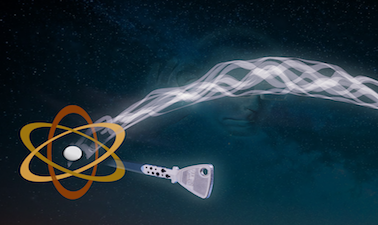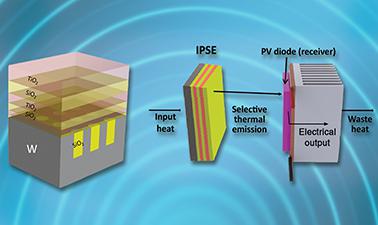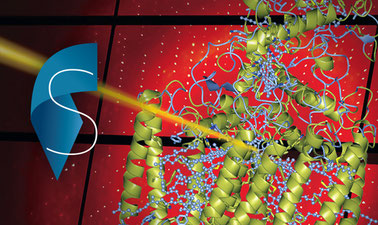The online radiation simulations will help us to understand what star radiation is like and to learn about the important physical concept of the black body.
Radiation is a physical phenomenon that refers to the emission and propagation of energy in the form of electromagnetic waves or subatomic particles. It can be natural or artificial and has various applications and effects in different contexts.
A black body is a theoretical object that absorbs all radiation incident on it and emits radiation continuously as a function of its temperature. The radiation emitted by a blackbody is called blackbody radiation or Planck radiation.
Stars behave very much like a black body, absorbing the radiation that reaches their surface and emitting radiation in the form of light and heat. The temperature of a star determines the spectrum of radiation it emits. Wien’s displacement law states that the hotter a star is, the shorter the dominant wavelengths in its radiation spectrum. Therefore, hot stars emit a greater proportion of radiation in the ultraviolet and visible wavelength range. Cooler stars emit a greater proportion of radiation in the infrared wavelength range.
The radiation from stars also depends on their composition. The elements that make up the star affect the absorption and emission of radiation at specific wavelengths, resulting in different radiation spectra. The study of these spectral lines allows astronomers to determine the chemical composition of stars and to obtain information about their temperature and other characteristics.
In short, the online radiation simulations on this page show us in an intuitive way what the radiation of stars looks like. Try them and you will see how easy it is!
Explore the exciting STEM world with our free, online simulations and accompanying companion courses! With them you'll be able to experience and learn hands-on. Take this opportunity to immerse yourself in virtual experiences while advancing your education - awaken your scientific curiosity and discover all that the STEM world has to offer!
- Blackbody
- Stars
- Equilibrium
Blackbody
How does the blackbody spectrum of the Sun work compared to visible light? Learn about the blackbody spectrum of the sun, a light bulb, a furnace, and the earth. Adjust the temperature to see the wavelength and intensity of the spectrum changes. See the color of the peak of the spectral curve.
File
Star radiation
The color of a star depends on its surface temperature and can be red, yellow, white, or blue. The higher the temperature, the bluer the star; the lower the temperature, the redder the star. Therefore, by observing the color of the star, its temperature can be deduced.
Equilibrium of radiation on Earth
This animation summarizes the various factors involved in the Earth’s radiation balance.
Earth Sciences courses


The History of Ancient Environments, Climate, and Life



Our Global Ocean – An Introduction Course



Introduction to Deep Earth Science



Sensing Planet Earth – From Core to Outer Space



The Radio Sky II: Observational Radio Astronomy



The Radio Sky I: Science and Observations



Our Place in the Universe

Other courses


Unconventional Reservoir Geomechanics



Introduction to Geometry



MathTrackX: Special Functions



The Basics of Transport Phenomena



Principles of Biochemistry



Minerals and Mining in a Sustainable World



Quantum Cryptography



Nanophotonic Modeling

















